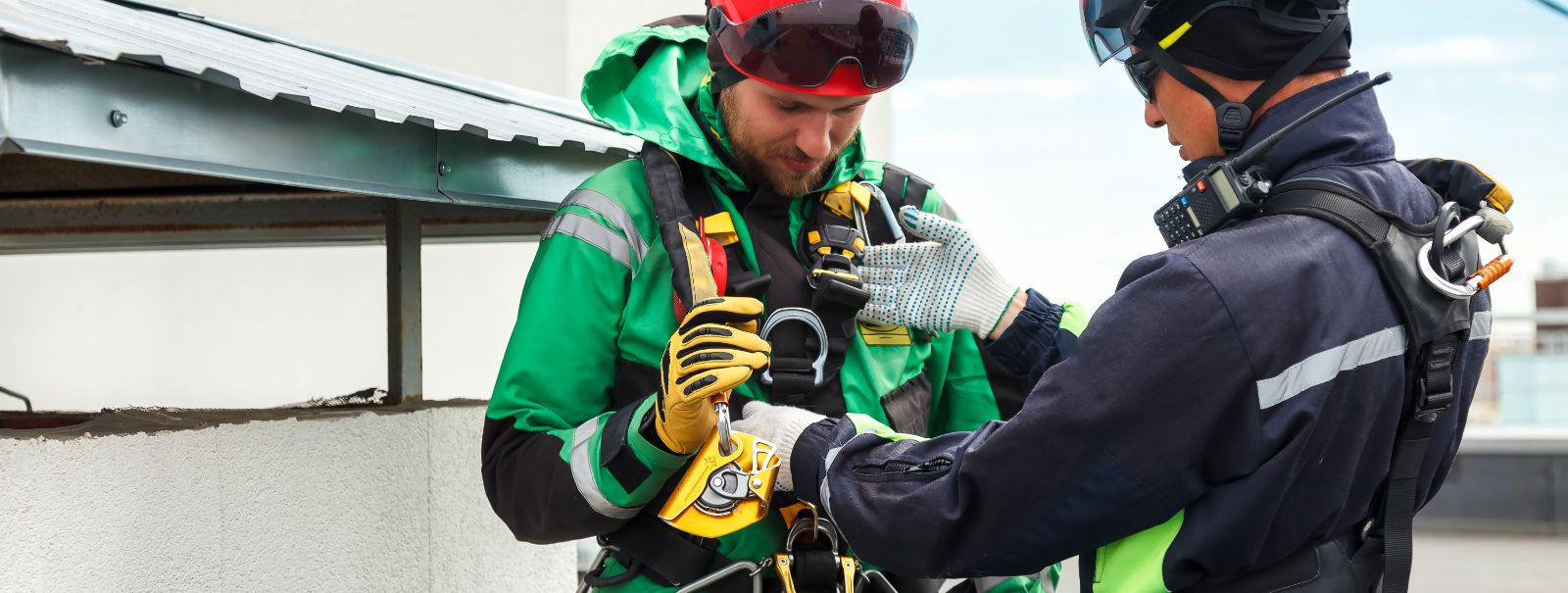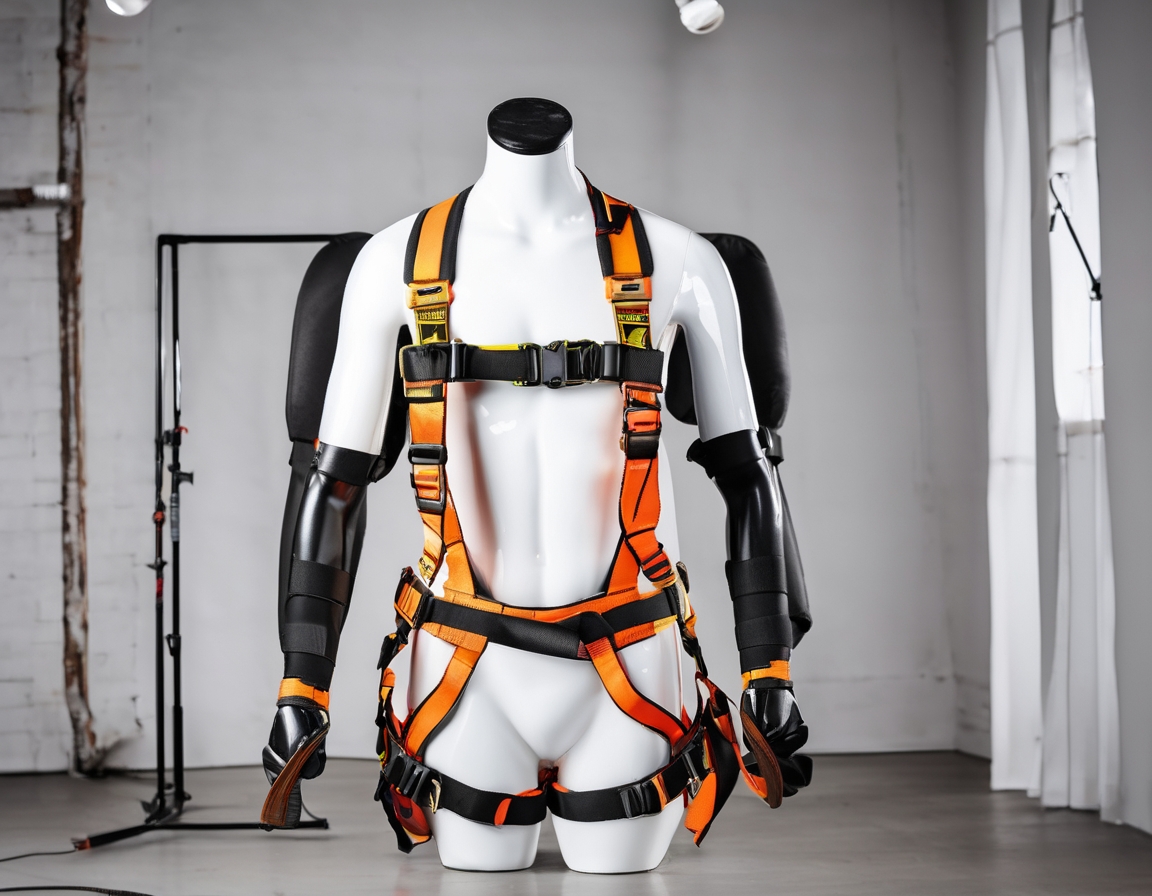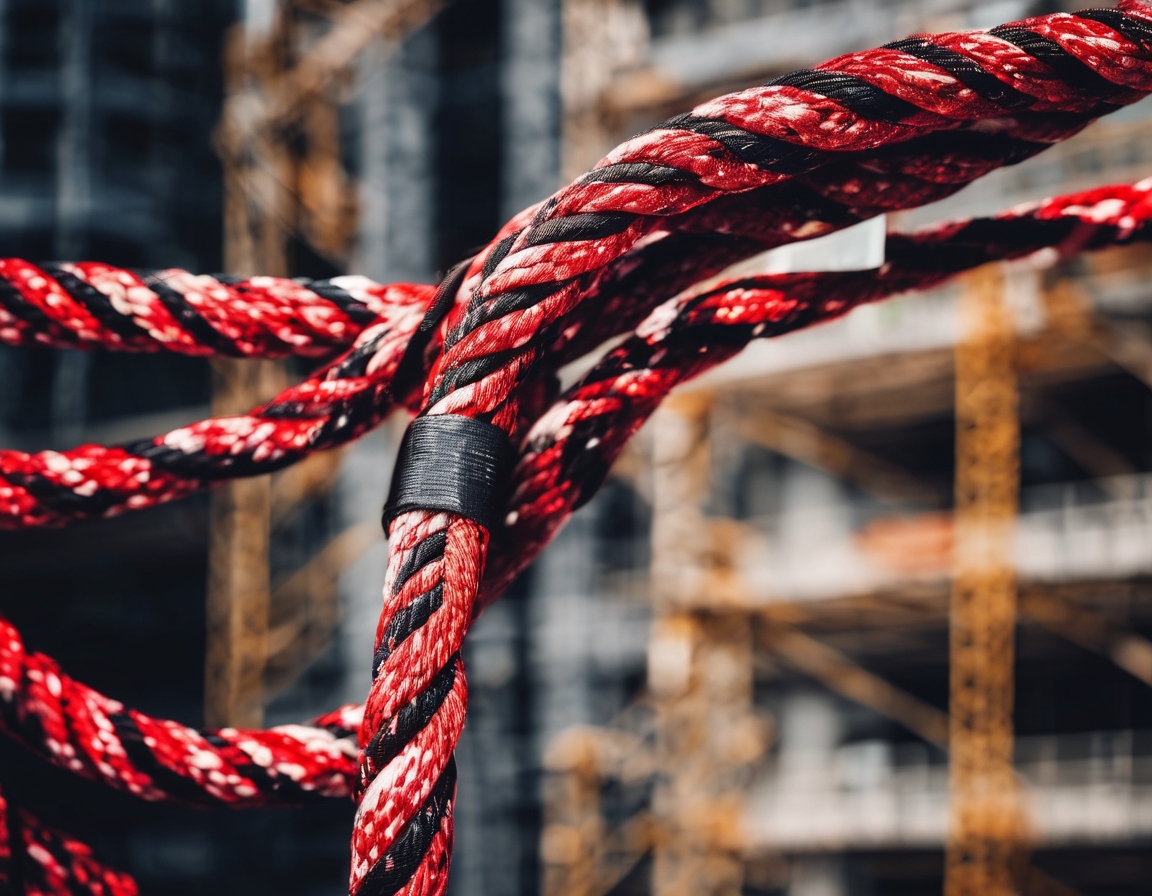The importance of safety in high-altitude work
High-altitude work involves tasks performed at significant heights, often on high-rise buildings, towers, or other elevated structures. This type of work is essential in urban areas where construction, maintenance, and repair services are required to keep infrastructure safe and functional. However, working at such heights presents unique challenges and risks that necessitate a strong emphasis on safety.
2. Understanding the Risks Involved
Physical risks in high-altitude work include falls, slips, and trips, which can result in severe injuries or fatalities. The lack of stable footing and the potential for equipment failure further exacerbate these risks, making it crucial for workers to be vigilant and well-prepared.
Environmental factors such as wind, rain, and extreme temperatures can significantly impact the safety of high-altitude work. These conditions can reduce visibility, affect balance, and increase the likelihood of accidents. Workers must be equipped to handle these challenges and adapt to changing weather conditions.
3. Regulatory Standards and Compliance
The Occupational Safety and Health Administration (OSHA) provides comprehensive guidelines to ensure the safety of workers at heights. These regulations cover aspects such as fall protection systems, safety nets, and guardrails, which are essential for minimizing risks.
In addition to OSHA guidelines, local regulations may impose additional safety requirements. Companies must stay informed about these regulations to ensure compliance and protect their workers effectively.
4. Safety Equipment and Gear
PPE is a critical component of safety in high-altitude work. This includes helmets, harnesses, gloves, and non-slip footwear, all designed to protect workers from potential hazards.
Technological advancements have introduced new safety solutions, such as drones for inspection and monitoring, and smart helmets equipped with sensors to detect fatigue and environmental conditions. These innovations enhance safety and efficiency in high-altitude work.
5. Training and Certification
Proper training is essential for workers to understand the risks and safety protocols associated with high-altitude work. Training programs should cover equipment usage, emergency procedures, and hazard recognition.
Certification programs validate a worker's competence and knowledge in high-altitude safety practices. These programs ensure that workers are qualified to perform tasks safely and effectively.
6. Emergency Preparedness and Response
Having clear emergency protocols is vital for responding to incidents quickly and effectively. These protocols should include communication plans, evacuation procedures, and first-aid measures.
Rescue operations require specialized training and equipment to safely retrieve workers in distress. Companies must have a well-trained rescue team ready to respond to emergencies at any time.
7. The Role of Safety Culture in High-Altitude Work
Creating a safety-first culture involves fostering an environment where safety is prioritized above all else. This includes encouraging open communication about safety concerns and promoting a proactive approach to risk management.
Continuous improvement in safety practices is achieved through regular feedback and assessment. Companies should conduct safety audits and encourage workers to provide input on safety measures, ensuring that protocols evolve to meet new challenges.






Comments (0)